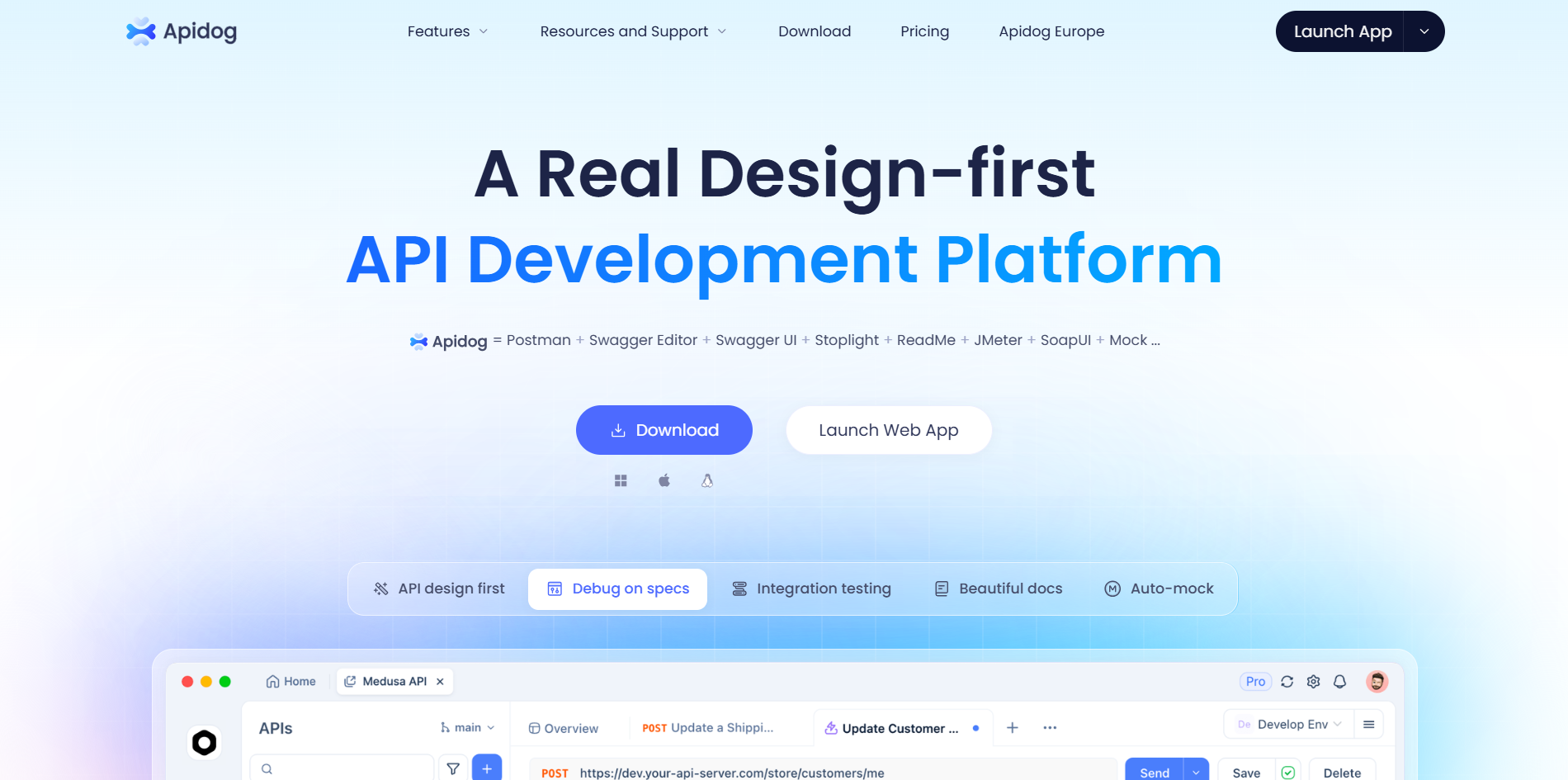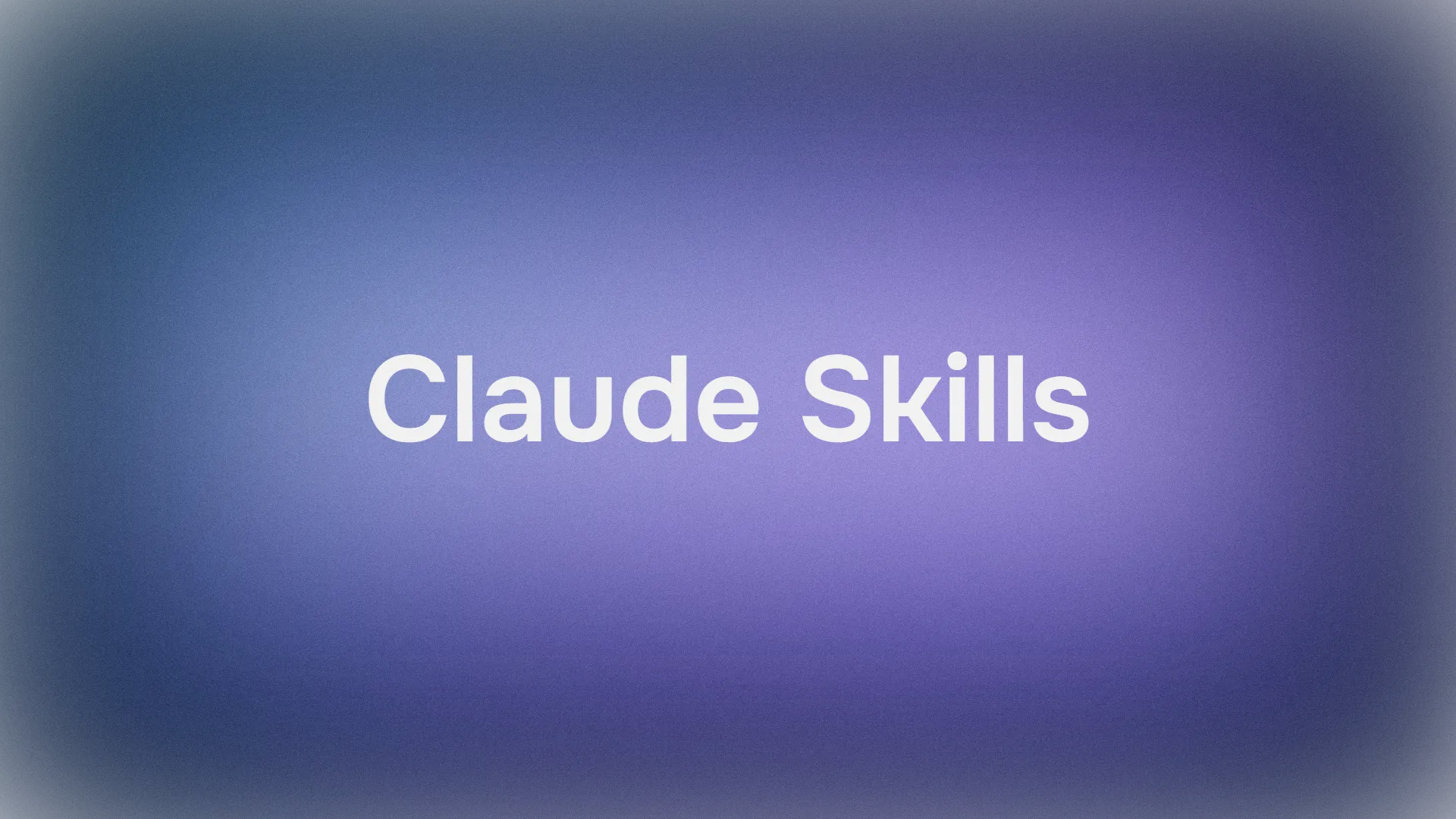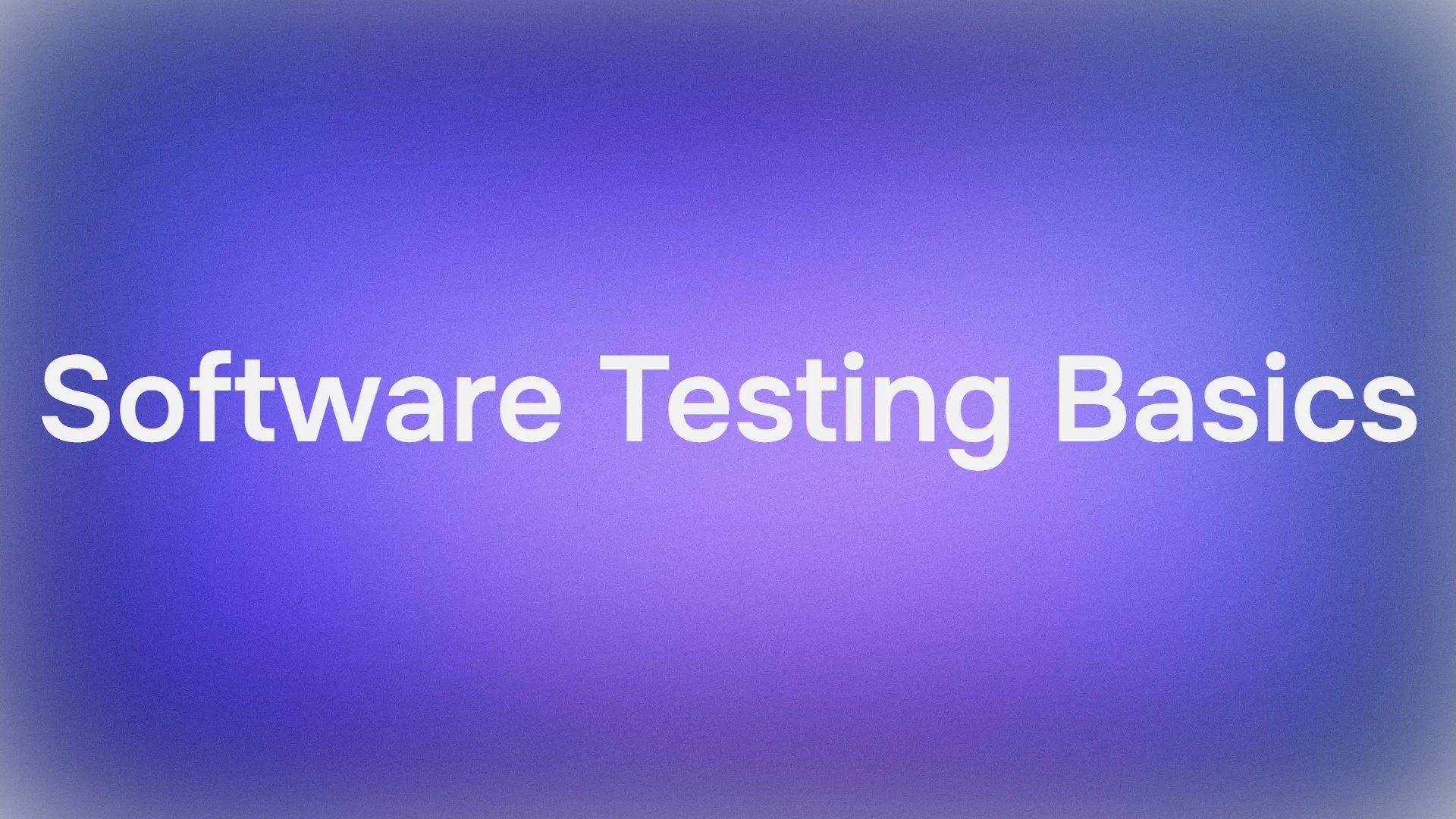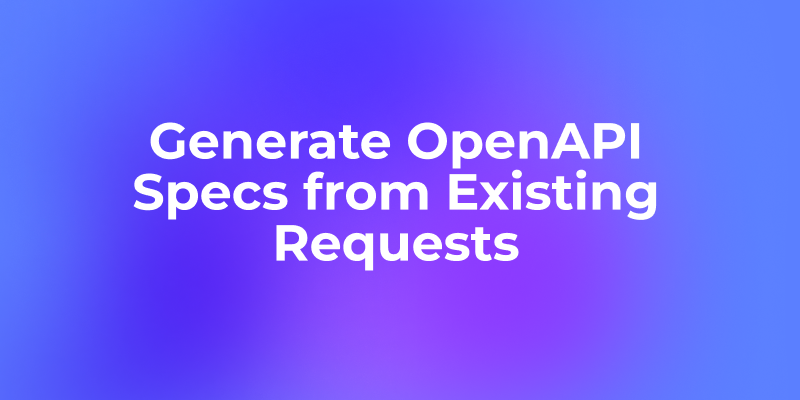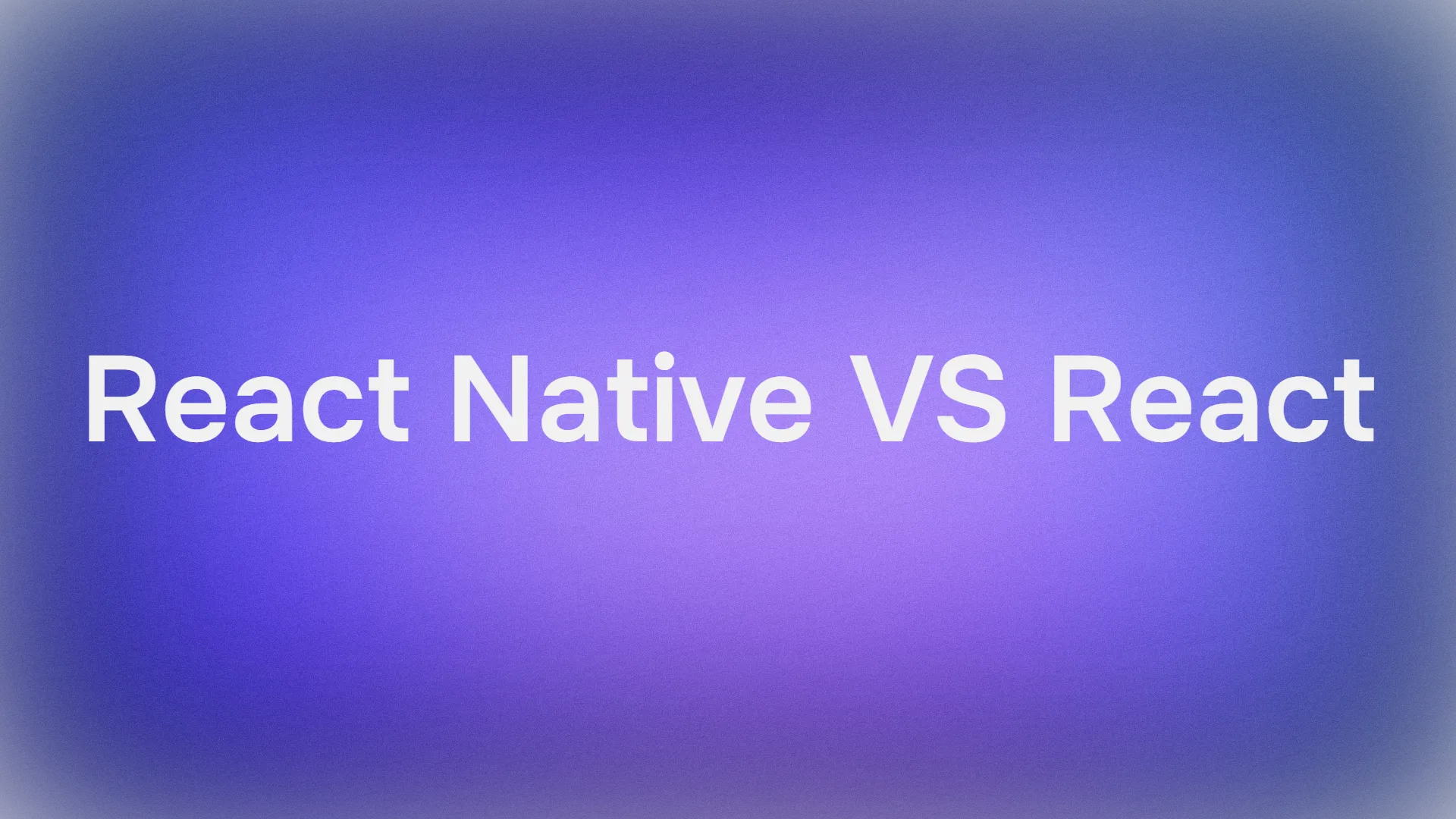Today, features like Claude's Skills mark a pivotal evolution, enabling users to tailor Anthropic's tools for precise, repeatable workflows. Claude Skills, modular components that encapsulate instructions, scripts, and resources, extend Claude's versatility across its ecosystem, while Claude Code Skills adapt these for terminal-based coding environments. This dual capability allows developers, analysts, and creators to load specialized expertise on demand, reducing the friction of repetitive prompting. As 2025 progresses, mastering Claude's Skills is going to become essential for those seeking efficient, customized assistance in tasks from document automation to code refinement. Whether you're generating reports in Claude's chat interface or debugging scripts in Claude Code, these skills foster consistency and scalability. In this guide, we'll examine their structure, advantages, and implementation, complete with a practical example demonstrating their application in both platforms. By integrating Claude's Skills into your routine, you can transform general AI interactions into specialized powerhouses.
Want an integrated, All-in-One platform for your Developer Team to work together with maximum productivity?
Apidog delivers all your demands, and replaces Postman at a much more affordable price!
Understanding Claude Skills and Claude Code Skills
Claude Skills are innovative, self-contained modules that Anthropic introduced to elevate Claude's adaptability. Each skill is essentially a collection of instructions, scripts, and resources that Claude activates on demand, drawing from documentation to perform specialized functions like creating compliant presentations or integrating with tools such as Notion and Canva. This modularity ensures portability: A skill built in Claude's chat works seamlessly in the API or Claude Code.
Claude Code Skills, tailored for the terminal-based Claude Code tool, build on this by incorporating development-specific elements, such as code execution via the beta Code Execution Tool and Model Context Protocol (MCP) for safe interactions. For instance, a Claude Code Skill might automate linting or generate architecture diagrams from your codebase. Both types are composable—combine a "brand guideline" skill with a "finance reporting" one for hybrid outputs—and secure, running in isolated environments to prevent risks.
The creation process is intuitive: Claude consults its internal documentation to assemble the skill based on your description, making it accessible without deep technical expertise. This ecosystem fosters predictability, as skills encapsulate best practices once and apply them consistently, whether in casual chats or rigorous coding sessions.
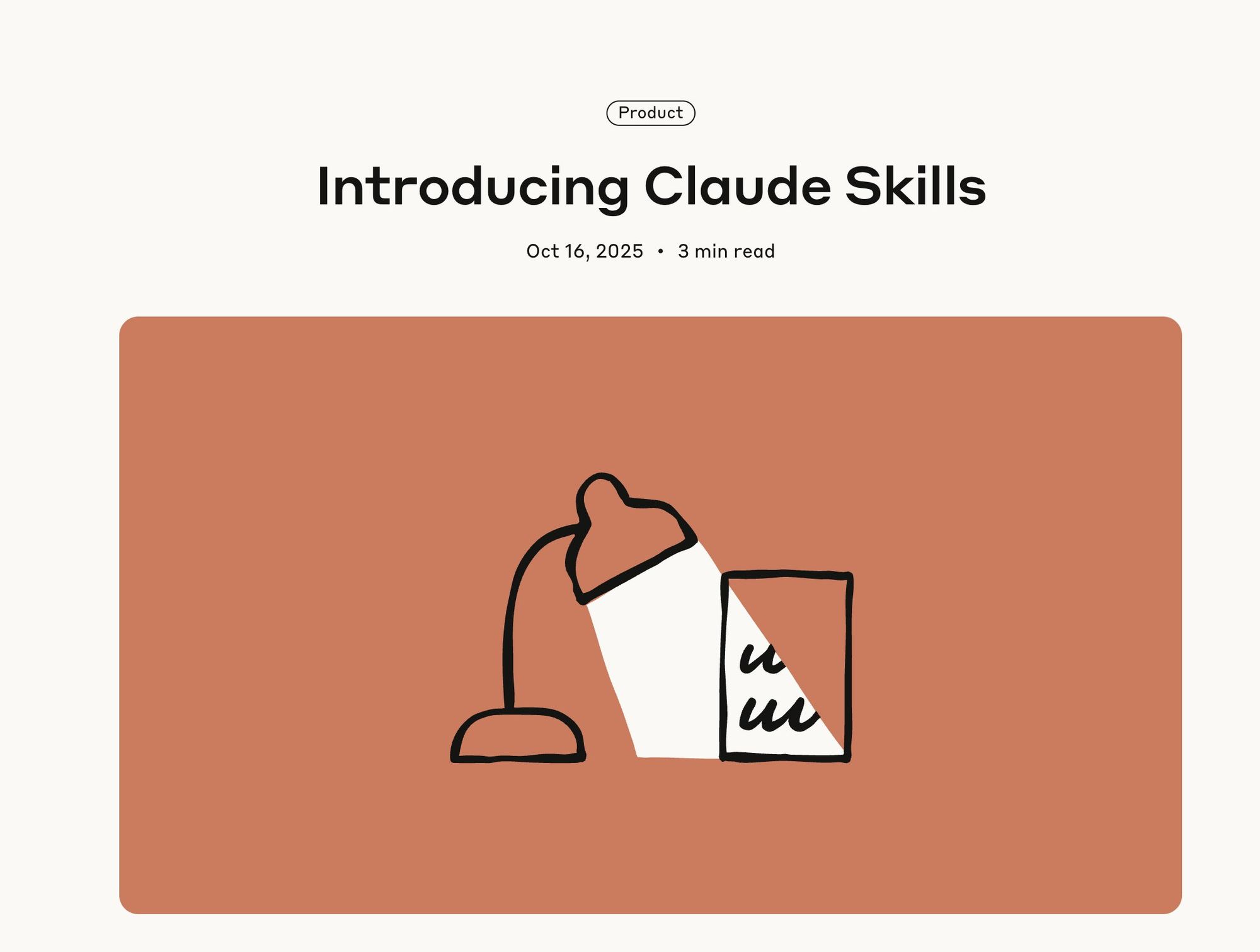
Key Benefits of Claude Skills
Adopting Claude Skills yields clear advantages, particularly in streamlining multi-step processes. They eliminate verbose prompting: Instead of reiterating "Follow APA style and include charts," a skill handles it automatically, saving time and ensuring uniformity across outputs. For teams, this translates to reduced errors and faster onboarding, with enterprise admins managing access to maintain compliance.
In development, Claude Code Skills accelerate tasks like refactoring or testing by executing scripts safely—imagine a skill that analyzes your repo and suggests optimizations. Integrations amplify this: Skills connect to Figma for design prototypes or Stripe for payment simulations, all triggered conversationally. Users on paid plans report 35-50% productivity gains, as skills support iterative improvements and secure environments for code runs.
Compared to generic AI, these skills deliver sophisticated, on-demand expertise, adapting to organizational needs while remaining portable across Claude products. For developers, the blend of Claude Skills' broad utility and Claude Code Skills' technical depth creates a cohesive workflow that scales from ideation to implementation.
Step-by-Step Guide to Creating and Using Claude Skills
Creating Claude Skills starts in the chat interface, where Claude acts as your builder. Ensure you're on a Pro or higher plan and have "code execution and file creation" enabled in settings.
Step 1: Initiate Skill Creation
Open Claude.ai and start a new chat. Prompt simply: "Hi, help me create an image editor skill." Claude references its documentation, outlining the skill's structure (instructions, scripts, resources) and generating a draft folder. It might include a script for basic edits using libraries like Pillow.

Step 2: Refine and Enhance the Skill
Iterate with targeted prompts: "Let's support standard rotations and cropping to the center of the image for now." Claude updates the skill's README and scripts accordingly, adding functions for 90/180/270-degree rotations and centered crops. Review the changes in the chat preview, ensuring they align with your vision.
Step 3: Download and Upload the Skill
Once you're satisfied, Claude packages the Skill as a ZIP file. In the left sidebar, click "Capabilities."
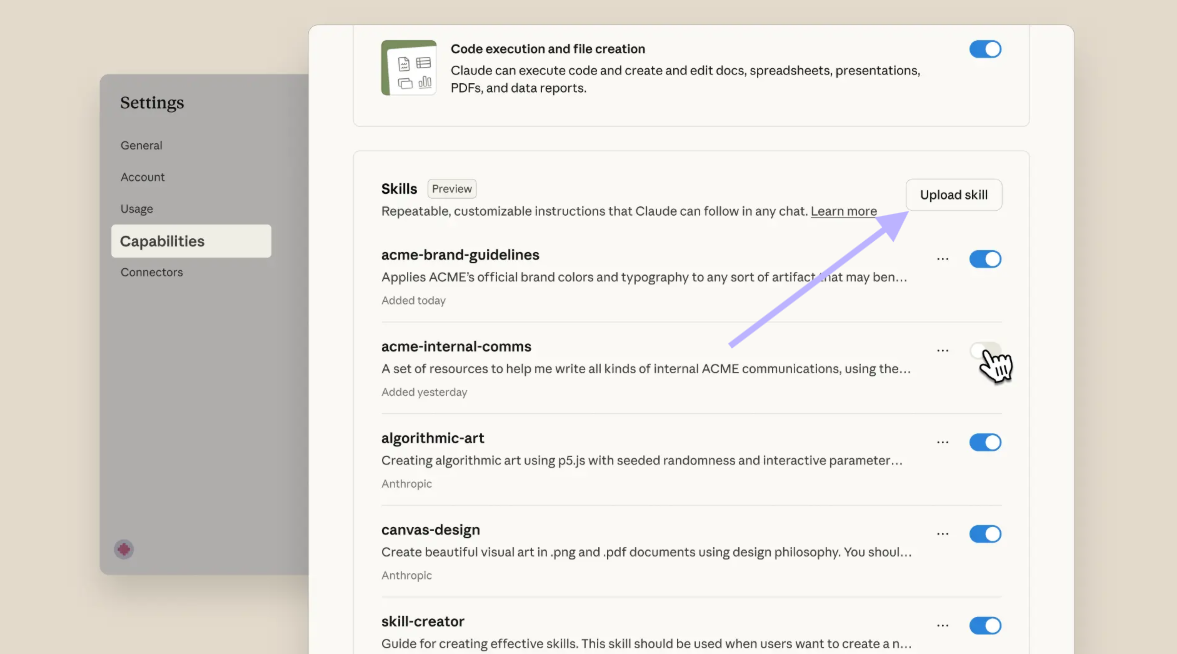
Or you can drag and drop the ZIP into the upload area. Claude validates and installs it, confirming activation.
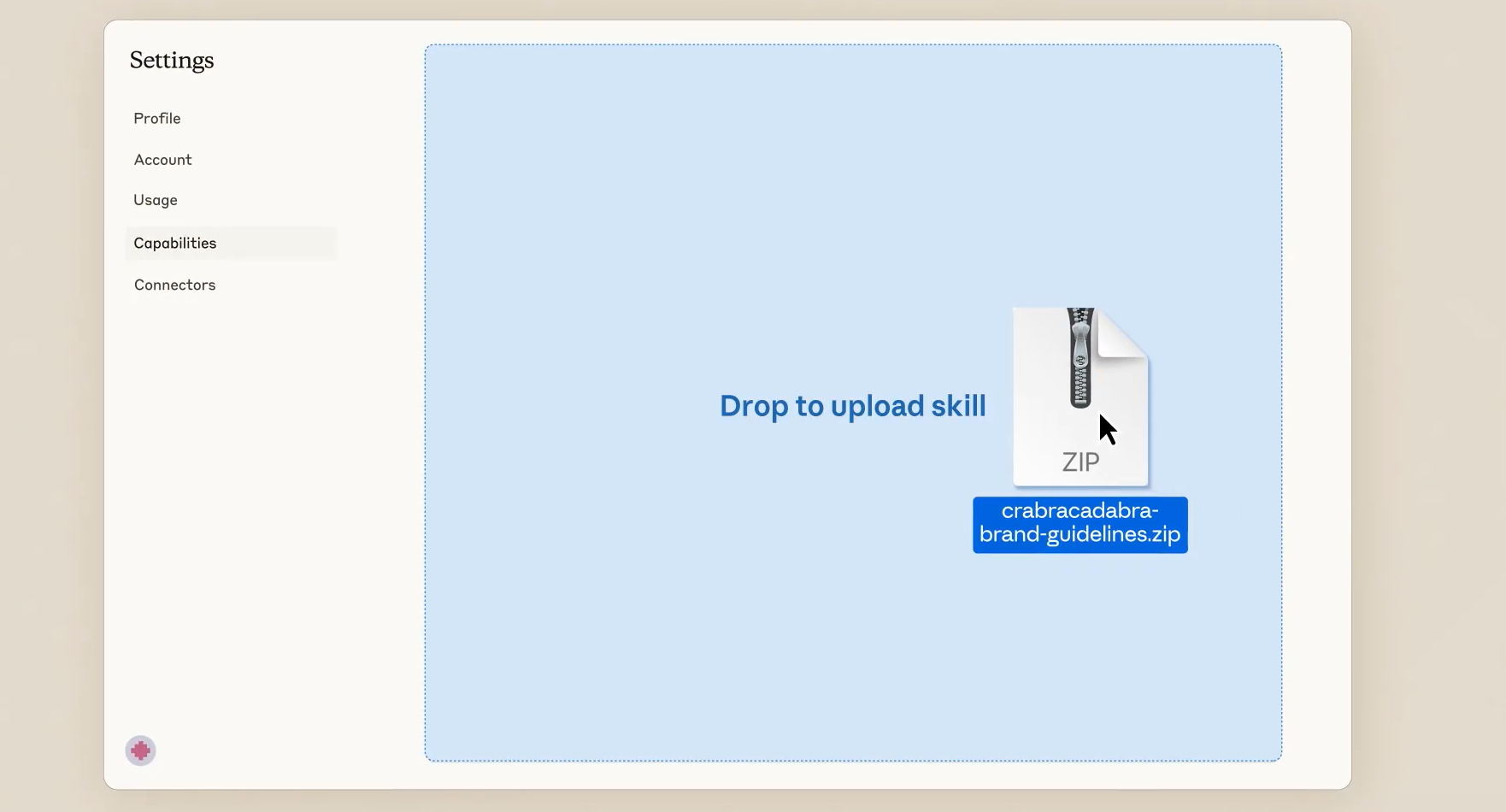
Step 4: Activate and Use the Skill
Return to chat and prompt: "Let's use that new awesome image editor skill we just created to crop this image by 50% and rotate it 180 degrees." Upload an image if needed; Claude loads the skill, executes the script safely, and delivers the edited output with explanations.

This conversational creation, often completed in 10-15 minutes, makes Claude Skills user-friendly yet powerful.
Implementing Claude Skills in Your Claude Code Development Environment
Claude Skills extend this modularity to terminal workflows, ideal for coding tasks. Launch Claude Code in your project folder (claude), then enter /plugins to access extensions.

Step 1: Install Pre-Built Skills
Select "Anthropic Agent Skills,"

then choose between "document-skills" (for file generation) or "example-skills" (for demos). For this tutorial, opt for "document-skills"—it previews capabilities like Word doc creation. Click "Install Now"; Claude Code downloads and registers the skills.

Step 2: Use the Skill in a Session
Prompt: "Hi, can you make a Word document based on the architecture of this codebase?" Claude explores your files and invokes the "docx" skill from document-skills, then generates a structured report—outlining modules, dependencies, and diagrams—saved as a .docx file.

Step 3: Customize and Iterate
Edit the skill's folder (e.g., add custom templates) and reload via /reload-skills. This setup ensures Claude Code Skills integrate deeply with your repo, supporting tasks like automated READMEs or test reports.
Practical Example: Building and Applying a Report Generation Skill
Consider a developer automating project reports.
- In Claude.ai: Prompt "Hi, help me create a report generation skill for summarizing code changes." Claude drafts a skill with a README for Git log parsing, a Python script using GitPython, and templates for Markdown outputs.
- Refine: "Add support for including commit stats and linking to PRs." Claude enhances the script. Download the ZIP, upload via Capabilities, and use: "Use the report generation skill to summarize changes in my repo since last week." Claude fetches data, runs the script, and outputs a formatted report.
- In Claude Code: After installing document-skills, prompt the same in a project terminal. It generates a .docx with architecture visuals, showcasing Claude Code Skills' file-handling prowess.
This example illustrates how Claude Skills handle broad automation and Claude Code Skills focus on dev-specific outputs, bridging chat and code seamlessly.
Claude Subagents vs. Claude Skills: Key Differences
While both enhance Claude, subagents and skills serve distinct roles. Subagents are autonomous mini-agents spawned for subtasks—like delegating "research this API" during a larger prompt—operating in parallel for complex chains. They excel in dynamic, one-off divisions of labor but lack persistence.
Claude Skills, conversely, are predefined, reusable modules for consistent execution, ideal for standardized workflows like formatting or integrations. Subagents offer flexibility for emergent needs; skills provide reliability for routine processes. In practice, combine them: A subagent could invoke a skill for specialized steps, maximizing efficiency.
Pricing and Accessibility for Claude Skills
Access requires a subscription: Pro ($20/month) for individuals, including basic skill creation; Max/Team ($100+/user/month) for advanced integrations and sharing; Enterprise for admin controls and custom deployments. Free users view pre-built skills but can't create or execute custom ones. This tiered approach ensures features scale with usage, with skills' modularity justifying the investment through time savings.

Conclusion: Harness the Power of Claude Skills
Claude Skills redefine AI customization, offering modular tools that adapt to your workflows with minimal effort. From conversational creation to practical applications like report generation, they deliver efficiency and precision. As 2025's AI landscape evolves, incorporating these features will streamline your processes—begin experimenting to tailor Claude to your exact needs.
